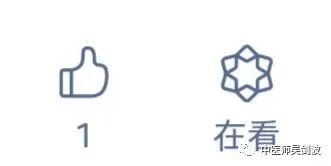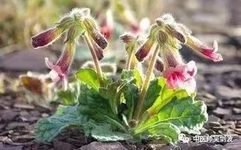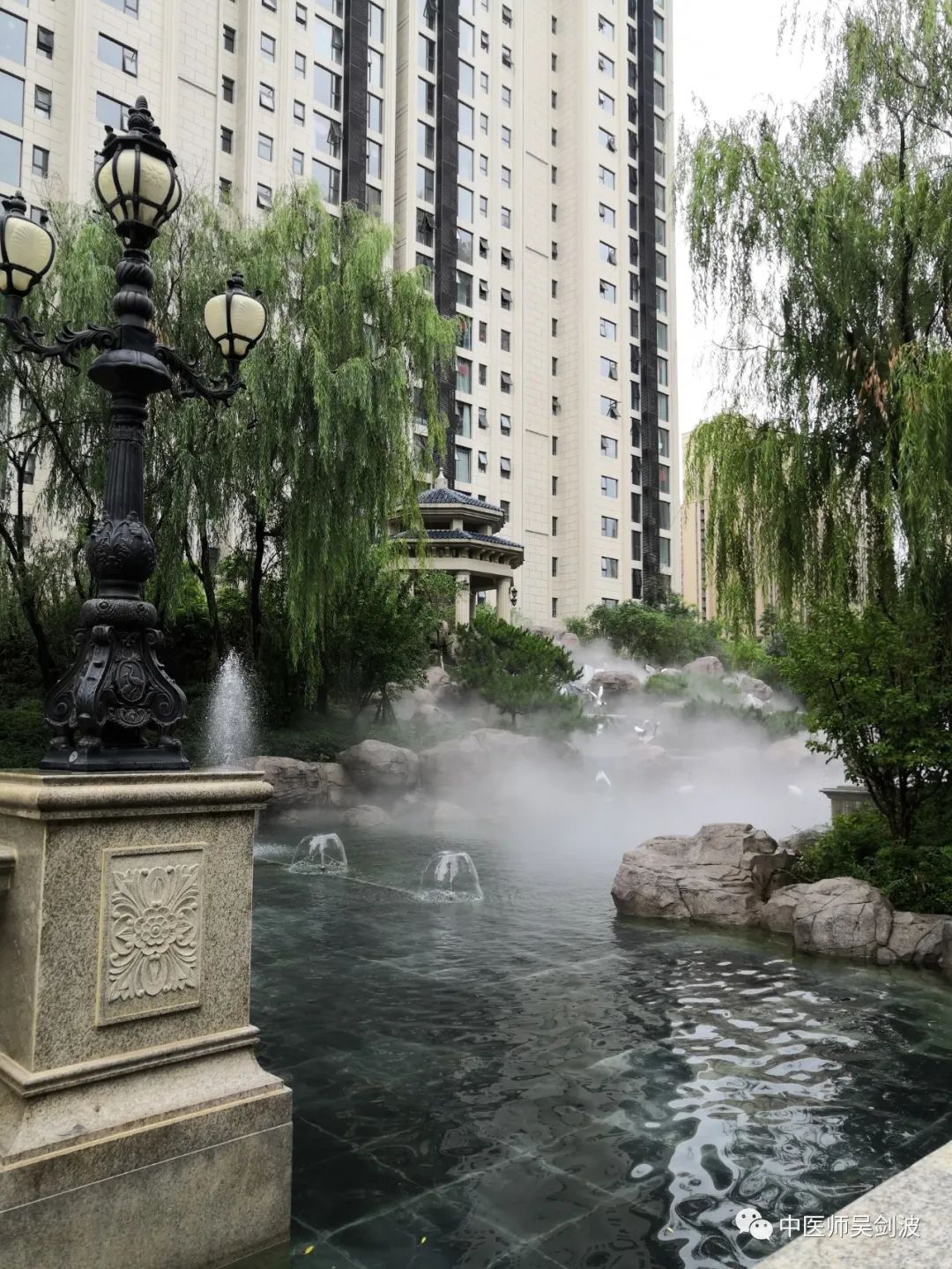
The Top Herb for Blood Nourishment
——Shu Di Huang (Rehmannia Root)#2022.10.7
Herbs for Yang Nourishment: Fu Zi (Aconite) and Gan Jiang (Dried Ginger)
Herbs for Qi Nourishment: Huang Qi (Astragalus) and Dang Shen (Codonopsis)
Nourishing Qi and Yang.
How much Qi is there? How much Yang is there? It’s quite mysterious.
When you take herbs for Yang and Qi, your energy will increase, but how do you measure it with instruments?
This is related to Yang.
When it comes to blood nourishment, this is straightforward; it can now be tested.
You can go to the hospital for a hemoglobin test and red blood cell count, clear as day.
So this article is easy to understand.
1
Today, let’s talk about the top herb for blood nourishment: Shu Di Huang.
Initially, there was no Shu Di Huang.
The Di Huang mentioned in the Shang Han Lun is Sheng Di (Raw Rehmannia), which is dug from the ground and dried; now it’s called Gan Di Huang (Dried Rehmannia).
Sheng Di Huang is transformed into Shu Di Huang after nine steams and nine dries, and it must not come into contact with iron tools; bamboo knives must be used. Nowadays, who makes Shu Di Huang with nine steams and nine dries?
The cost is a factor.
Many people report feeling heat after taking Shen Qi Wan (Kidney Qi Pills); indeed, what can be done?
2
In the Shen Nong Ben Cao Jing, Di Huang is described as: sweet in flavor, cold in nature. It treats fractures, injuries, and blood stasis, fills the bone marrow, promotes muscle growth, makes soup, eliminates cold and heat accumulation, alleviates pain, and is especially good for the living. Long-term use lightens the body and prevents aging. Also known as Di Sui, it grows in rivers and marshes.
Sheng Di Huang has a sweet taste and a cold nature, so it is used to cool the blood.
It treats heat in the blood and excess Yang.
This herb grows in Henan, in the Central Plains, and is very nutrient-demanding; it is said that after planting Di Huang, the soil will be barren the following year, as it absorbs all the nutrients.
Thus, Di Huang is the essence of the land.
Generally, after drying, Di Huang is very dark in color.
This is why it is believed to enter the Kidney.
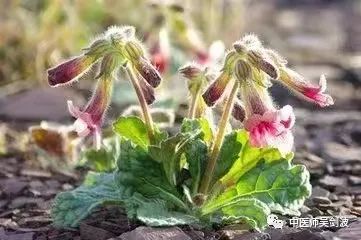
3
Effects on Blood Stasis
It treats fractures and injuries.
In ancient times, to treat injuries, Sheng Di Huang was directly pounded into a paste and applied to the injured area. It could dissolve blood stasis and prevent inflammation.
Chen Shiduo’s medical book has a formula for treating waist sprains: 5 liang of Di Huang and 2 liang of Bai Zhu (Atractylodes) can clear the blood stasis.
Hemostatic Effects
It eliminates blood stasis.
If the blood is too hot, it will leak out, causing nosebleeds or hemoptysis.
There are two well-known formulas: Qing Ying Tang (Clear Nutrient Decoction) and Xi Jiao Di Huang Tang (Rhinoceros Horn and Rehmannia Decoction), which use rhinoceros horn and Sheng Di Huang as the main herbs to cool the blood and stop bleeding.
Fu Qingzhu treated women with heat causing abnormal uterine bleeding using 5 liang of Shu Di Huang and 1 liang of Dang Shen, achieving excellent hemostatic effects.
Effects on Bone Marrow
“Fills the bone marrow.”
The Kidney governs the bones and produces marrow.
Where are red blood cells produced?
In the bone marrow.
As mentioned earlier, Di Huang is very nutrient-demanding, meaning it absorbs minerals from the soil, primarily iron, which we now know is essential for red blood cell production.
Nourishing Spleen Yin and Stomach Yin
Promotes muscle growth.
This is a herb for treating someone who is very weak and helping them become stronger.
Di Huang is the essence of the land, and it can also nourish Spleen Yin and Stomach Yin; the Spleen corresponds to the muscles in the body, helping to develop the limbs.
Zhang Zhongjing’s Shu Yu Wan (Dioscorea Pills), the top tonic, contains Di Huang.
Eliminating Wind-Dampness
It alleviates pain.
Sheng Di Huang can promote blood circulation and invigorate the blood.
There is a formula for treating elderly patients with rheumatism: 1 sheng of Sheng Di Huang, 2 sheng of Huang Dou (Soybeans), and 1 sheng of Niu Bang Zi (Burdock Seed), which is then soaked in liquor.
Elderly patients often have deficient blood.
Wherever evil gathers, its Qi must be deficient; the body already has many gaps, making it easy for evil Qi to enter, leading to rheumatism.
Drinking a little daily can help eliminate this wind-dampness.
Take a break
4
Commonly Used with Di Huang
Used with Alcohol
Di Huang nourishes blood
However, it is cold and sticky,
which is hard to digest; consuming it can ruin the appetite, making it difficult to eat and absorb.
What to do?
Transform cold properties into warm ones; thus, it is best to take Shen Qi Wan with alcohol for better digestion and absorption.
Used with Sha Ren (Amomum)
Sha Ren can enhance the Spleen and Stomach’s transport functions; in modern terms, it stimulates gastric acid secretion to digest Di Huang.
Used with Ma Huang (Ephedra)
Ma Huang can draw out the energy of the bone marrow and expel cold from the surface of the body.
Di Huang fills the bone marrow, and their properties are opposite.
When used together, Di Huang will restrain the power of Ma Huang.
There is a formula called Yang He Tang (Yang Harmony Decoction).
It treats conditions like bone abscesses and cold-dampness in the flesh, which are characterized by lumps that are swollen without heads and unchanged skin color.
Using 15 parts of Di Huang to 1 part of Ma Huang can help burn away the coldness in the flesh and bones.
Used with Rou Gui (Cinnamon)
This combination is called “Returning Fire to the Source.”
Di Huang nourishes the Kidney and blood.
Rou Gui nourishes the fire of the Mingmen (Gate of Life) and Yang. The two work together to draw the Yang Qi down from the surface of the body.
There is a formula called Shen Qi Wan, which contains a large amount of Shu Di Huang and a small amount of Rou Gui, used to treat cold pain in the lower abdomen and weak knees, serving to nourish Yang.
Shu Di Huang, with the assistance of Rou Gui, does not become greasy and is easily transformed.
Rou Gui, with the assistance of Shu Di Huang, does not create excess heat and can warm Yang.
Thus, Zhang Jiebin, nicknamed Zhang Shu Di, is skilled in using Shu Di.
He said, “Those who are good at nourishing Yang must seek Yang within Yin.”
5Chinese Herbal Properties Series
Is Jie Geng (Platycodon) a remedy for sore throat? — This herb, Jie Geng, is.
(WeChat: TCM Practitioner Wu Jianbo) Article 67
Wheat and Shen Qu (Fermented Wheat) — Also discussing five digestive herbs.(WeChat: TCM Practitioner Wu Jianbo) Article 67
Xixin (Asarum) — This herb.
(WeChat: TCM Practitioner Wu Jianbo) Article 64
Huang Lian (Coptis) — This herb.
(WeChat: TCM Practitioner Wu Jianbo) Article 49Thank you for reading.
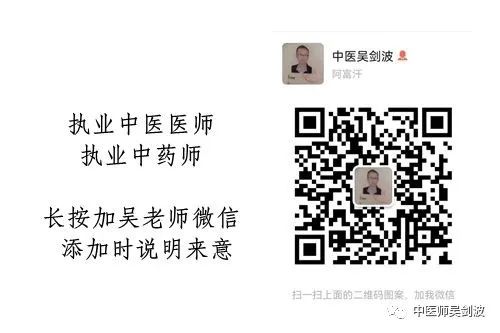
Those who are good at nourishing Yang must seek Yang within Yin,
thus Yang receives Yin’s assistance and generates boundless transformations;
Those who are good at nourishing Yin must seek Yin within Yang,
thus Yin receives Yang’s elevation and the source remains inexhaustible.
——Ming Dynasty, Zhang Jingyue, Complete Works of Jingyue
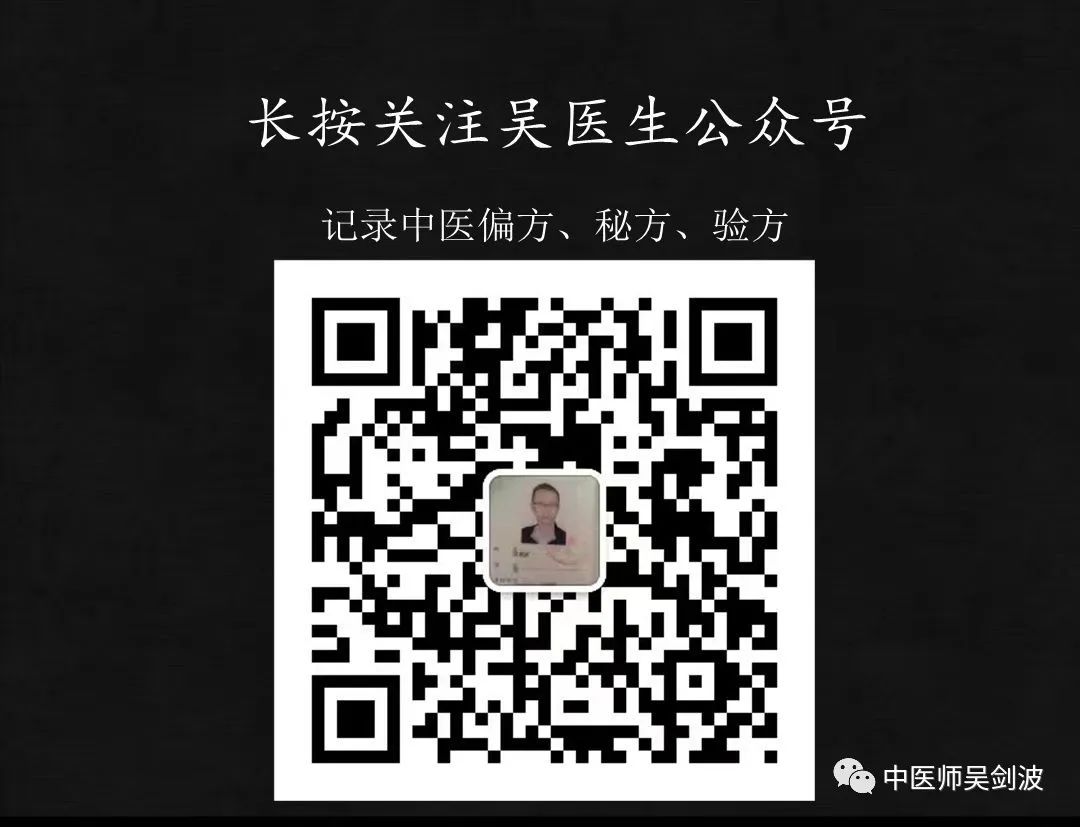
If you find this helpful, please click the lower right corner.
